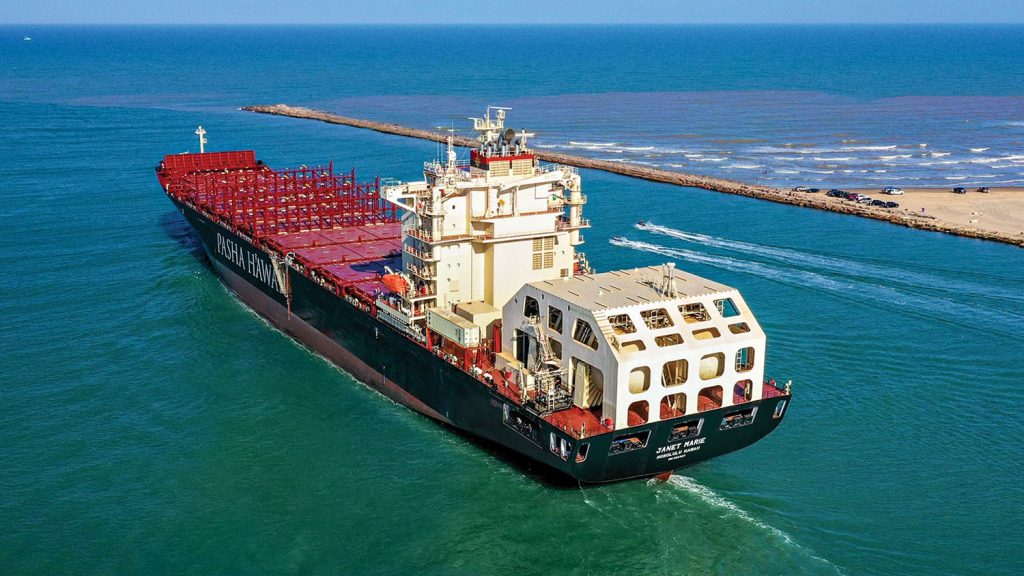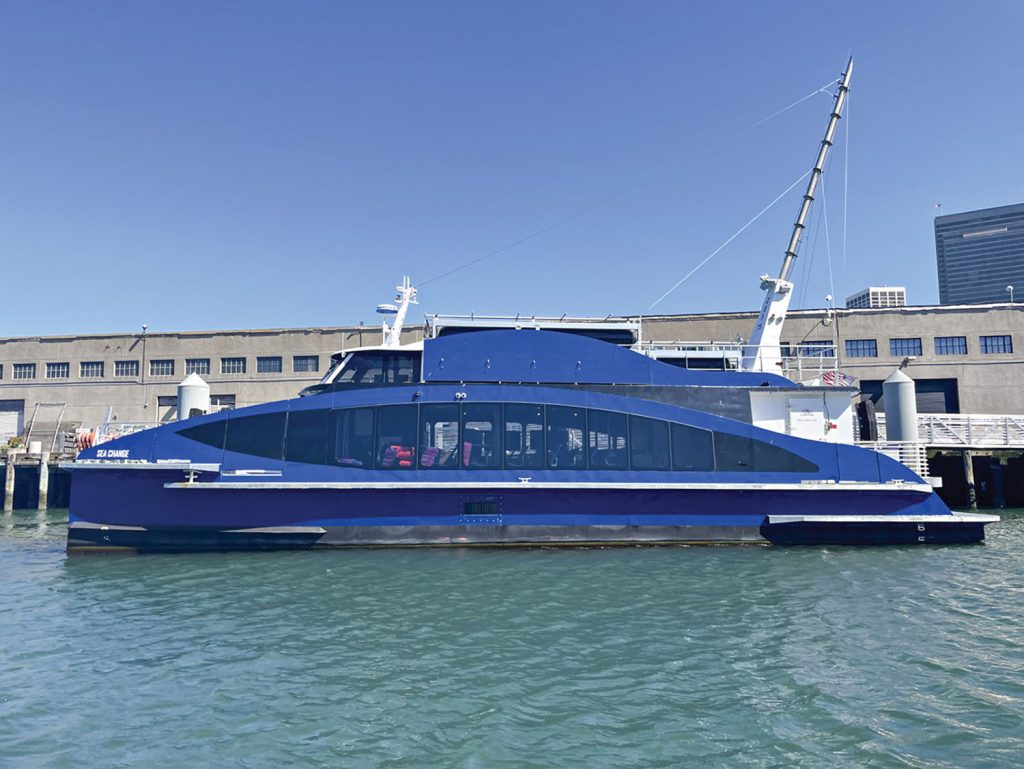The Rise Of Alternative-Fuel-Powered Vessels In Today’s Marine Industry
By Mark Thomas
Key Equipment Finance

Marine industry companies—whether they focus on workboats, transportation vessels or marine construction ships—have similar objectives: grow the business, stay current with new technologies, gain a competitive edge and protect our environment.
Current marine market trends include adopting alternative fuels, acquiring new vessels, retrofitting existing fleets and determining ideal solutions for procuring these vessels. These trends are expected to continue in 2024 and beyond, despite a challenging economy. Here are additional outlooks:
The global marine vessel market is projected to grow from $170.75 billion in 2021 to $188.57 billion in 2028 at a compound annual growth rate of 1.43 percent, according to research from Fortune Business Insights.
The International Maritime Organization’s initial greenhouse gas (GHG) strategy plans to reduce the total annual international shipping GHG emissions by 70 percent or more by 2040 compared to 2008 and to reduce the carbon intensity of international shipping by at least 40 percent by 2030 relative to 2008.
Renewable Fuel Examples
Alternative fuel is the path to achieving these goals, and maritime companies are making large strides in the transition to reduced-emission fuels over the next decade.

Pasha Hawaii added two Liquefied Natural Gas (LNG)-fueled container ships between August 2022 and July 2023 – the mv. George III and the mv. Janet Marie. Each of these 774-foot vessels will achieve energy efficiencies through a state-of-the-art engine, an optimized hull form and an underwater propulsion system with a high-efficiency rudder and propeller. Both vessels transport cargo between Hawaii and the mainland United States.
SWITCH Maritime recently announced the world’s first commercial ferry powered entirely by hydrogen fuel cells: Sea Change. It is the first of a larger zero-carbon fleet that the firm plans to build and deploy across the United States. The 75-passenger, zero-emissions ferry is expected to commence passenger transit operations in the San Francisco Bay area in early 2024.
Compared to ships running exclusively on diesel power, ships powered with LNG or hydrogen reduce costs and emissions, resulting in environmental and economic benefit.
Financing Considerations
Maritime companies are often faced with finding a balance between making capital investments in the business and managing operating budgets. Assessing a new construction project versus a retrofit in the current economic landscape of rising expenses and escalating interest rates creates another complex challenge.

Marine companies should consider how financing options will influence the company prior to vessel completion and once vessel is placed in service, and also consider the overall return on investment.
Here are important points to keep in mind:
• The initial amount of capital outlay and construction financing will help manage operating cash flow during the vessel build. All project costs can be bundled into one plan, including design and engineering, construction materials and labor, then moved to a term facility once placed in service.
• For new-build projects, lenders will often advance up to 85 percent of build cost. On refinances or used vessels, lenders will look to advance 85 percent of the Orderly Liquidation Value(s) (OLV).
• Loan structures allow marine companies to capture depreciation benefits and offset taxable income, while a lease structure may provide a lower after-tax cost of ownership on a present value basis. A true lease may offer a fixed-price early buyout option for future purchase cost certainty, with a lower monthly payment when compared to a loan.
Identifying and choosing a lending provider who takes the time to understand the specific needs of the business and is experienced in financing marine investments is an important part of the equation.
About the author: Mark Thomas is senior vice president, West Region director for Key Equipment Finance and can be reached at mark.h.thomas@key.com.
Key Equipment Finance is a division of KeyBank. ©2024 KeyCorp. All rights reserved.



